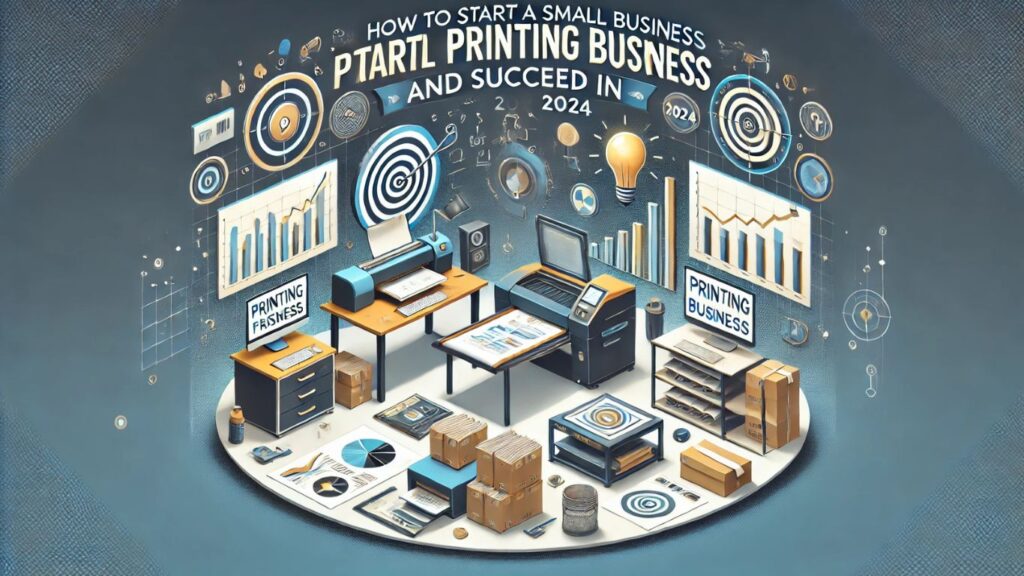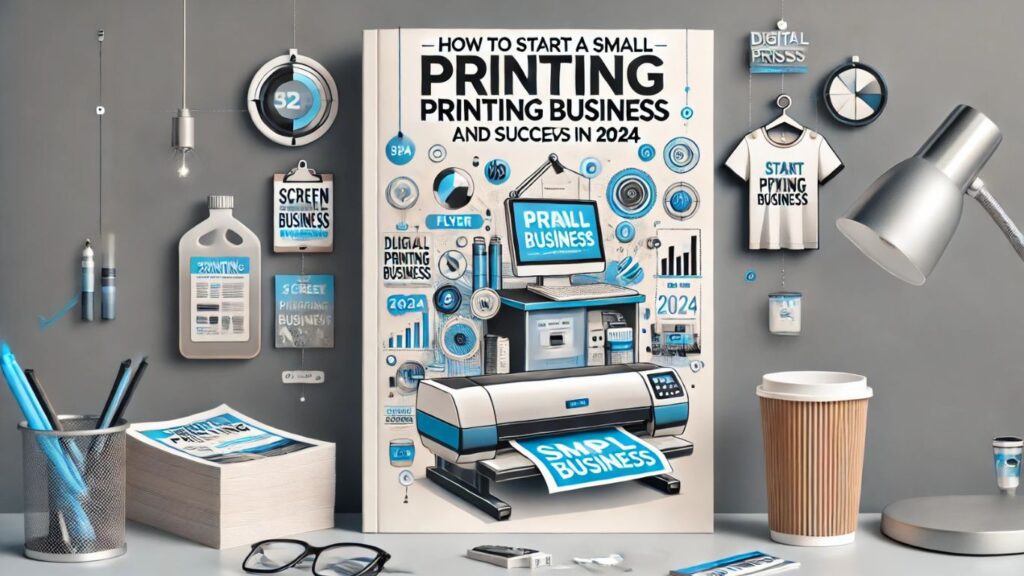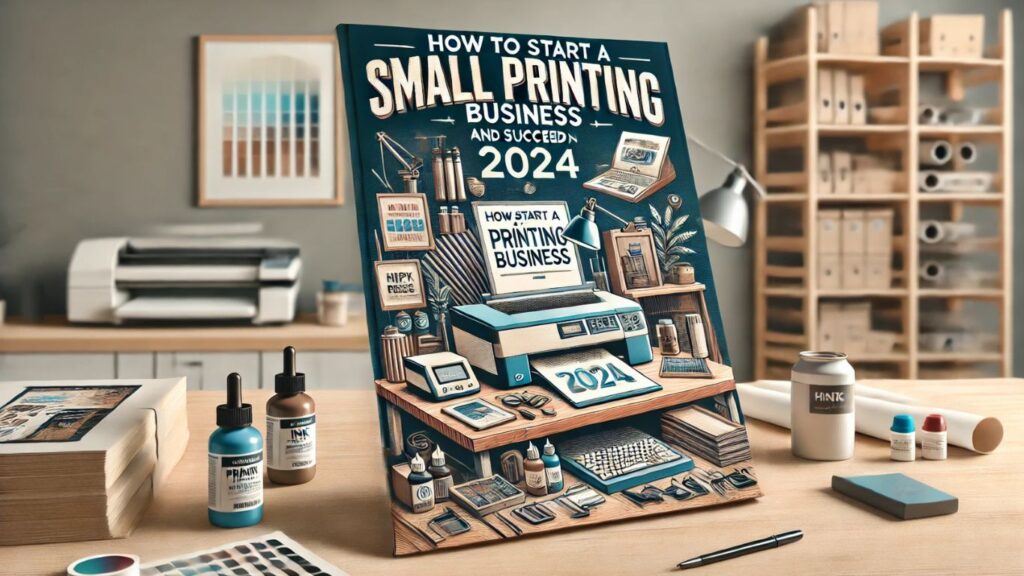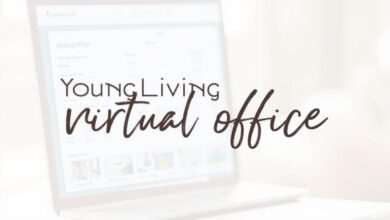How to Start a Small Printing Business and Succeed in 2024

Starting a small printing business can be a lucrative and rewarding venture, especially with the high demand for customized prints, business materials, and promotional items. Whether you are considering a home-based operation or a commercial storefront, careful planning, the right equipment, and an effective marketing strategy are key to building a profitable printing business. In this comprehensive guide, we will walk you through the essential steps to successfully start a small printing business and thrive in this competitive industry.
Why Start a Small Printing Business?

The printing industry is diverse, offering numerous opportunities to cater to individuals, small businesses, and large corporations. From flyers and brochures to custom apparel and promotional products, the demand for printed materials remains high.
Benefits of Starting a Printing Business
- Low Startup Costs: Depending on the type of printing services you offer, you can start with a relatively small investment, especially if operating from home.
- High Demand: Businesses and individuals need printing services for branding, advertising, and events.
- Scalability: You can start with a few products and expand as your customer base grows.
- Flexibility: Operate online, from home, or establish a physical shop depending on your budget and business goals.
Research and Plan Your Printing Business
Identify Your Niche
Instead of offering all types of printing services, focusing on a niche can help you stand out. Here are some profitable niches:
- Business Printing: Flyers, brochures, business cards, banners, and letterheads.
- Custom Apparel: T-shirts, hoodies, and caps with custom designs.
- Promotional Products: Mugs, pens, tote bags, and stickers.
- Signage and Large Format Printing: Banners, posters, and vehicle wraps.
Analyze Market Demand and Competition
Research your local and online market to determine which printing services are in high demand. Identify competitors, analyze their pricing strategies, and find ways to differentiate your business. Consider using online tools like Google Trends, social media insights, and competitor websites for a better understanding of market trends.
Create a Business Plan
Your business plan should outline:
- Your niche and target audience.
- Startup costs and projected expenses.
- Pricing strategy and profit margins.
- Marketing and advertising strategies.
- Long-term business growth plan.
Register Your Business and Obtain Necessary Permits
To operate legally, you must register your business and comply with local regulations.
Choose a Business Structure
- Sole Proprietorship: Easiest to set up, but you are personally liable for debts.
- LLC (Limited Liability Company): Provides personal liability protection and is a popular choice for small businesses.
- Corporation: Suitable for larger operations with multiple stakeholders.
Obtain Permits and Licenses
- Check local business requirements and register your business name.
- Obtain necessary permits for running a printing business.
- Get an Employer Identification Number (EIN) for tax purposes.
- Open a business bank account to keep your finances organized.
Invest in the Right Printing Equipment

The type of equipment you need depends on your services. Here are some essentials:
- High-Quality Printer: Inkjet or laser printers for paper products.
- Screen Printing Kit: For apparel and custom merchandise.
- Heat Press Machine: Essential for t-shirt and mug printing.
- Cutting and Binding Machines: For finishing printed products.
If you are starting on a budget, consider leasing equipment or buying refurbished machines to reduce costs.
Set Up Your Workspace
Decide whether to operate from home or rent a commercial space. If starting from home:
- Designate a workspace with sufficient room for equipment.
- Ensure proper ventilation, especially for ink-based printing.
- Organize supplies for easy access and workflow efficiency.
For commercial setups, choose a location with good foot traffic and accessibility for customers.
Develop a Pricing Strategy
Pricing should cover production costs, labor, and profit margins. Consider:
- Cost of materials and equipment usage.
- Time and labor involved in production.
- Competitor pricing and market demand.
- Offering discounts for bulk orders to attract customers.
Example Pricing Formula
Total Cost = Material Cost + Labor Cost + Overhead Expenses + Profit Margin
Ensure your pricing remains competitive while ensuring profitability.
Market Your Printing Business
Effective marketing is key to attracting clients. Use both online and offline strategies:
Build an Online Presence
- Create a professional website showcasing your services and pricing.
- Optimize your website for SEO to rank higher on Google.
- Use social media platforms like Instagram, Facebook, and LinkedIn to engage with potential customers.
Network and Partner with Local Businesses
- Collaborate with local businesses to supply their printing needs.
- Attend trade shows and networking events to showcase your services.
- Offer business partnerships and referral programs.
Offer Discounts and Promotions
- Provide discounts for first-time customers.
- Introduce loyalty programs for repeat customers.
- Run seasonal promotions to attract more clients.
Provide Excellent Customer Service
Customer satisfaction is crucial for repeat business and referrals. Ensure:
- Timely delivery of orders.
- High-quality printing and finishing.
- Clear communication with customers.
- Offering reprints or refunds for defective orders.
Happy customers will not only return but also refer others to your business.
Scale and Expand Your Business

As your printing business grows, consider:
- Hiring additional staff to handle increased workload.
- Expanding your services to include new printing techniques.
- Investing in more advanced equipment for better efficiency.
- Exploring e-commerce platforms for nationwide or international reach.
Frequently Asked Questions (FAQ)
How much does it cost to start a small printing business?
The startup cost depends on the services you offer. A home-based business can start with $2,000–$5,000, while a commercial setup may require $20,000 or more.
Can I start a printing business from home?
Yes, you can start a small printing business from home with minimal equipment, focusing on online orders and local clients.
What type of printing is most profitable?
Custom apparel printing, business printing, and promotional products tend to be the most profitable due to high demand and low production costs.
Do I need graphic design skills?
While not mandatory, basic graphic design skills can help you create custom designs and attract more clients.
How do I find my first customers?
Start by promoting your services on social media, offering discounts to early customers, and networking with local businesses.
Conclusion
Starting a small printing business requires careful planning, investment in the right equipment, and effective marketing. By following these steps, you can build a profitable business that meets the growing demand for custom printing services. With dedication and strategic growth, your printing business can thrive in this competitive industry. Whether you choose to start from home or open a commercial storefront, the key to success lies in providing high-quality prints, excellent customer service, and continuous innovation.
Now is the perfect time to take action and start a small printing business that will bring you financial independence and creative fulfillment!
CLICK FOR MORE INFORMATION Dailynewsbizz.com




